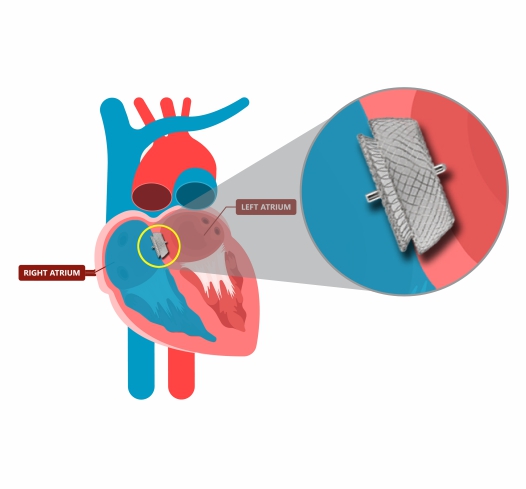-
Products
-
- Featured Products
- Supraflex Cruz
-
- Professionals
- Patients & Caregivers
- About SMT
Main navigation
How is it performed?
-
This minimally invasive procedure takes place in a room called the cath-lab. The patient will lie on a table. A machine that takes X-ray images of the heart throughout the procedure will guide the operator throughout the procedure.
-
The patient will be given anaesthetic. It will be either general or local anaesthetic depending upon the age of the patient and the technique the operator will be using to deploy the device. Anaesthetic will help reduce pain and discomfort felt by the patient
-
Echocardiography will also be used during the procedure to guide the operator. It may be either transesophageal or transthoracic
-
A small thin, hollow, tube-like structure called a catheter will be inserted through the puncture at the groin region and will be advanced through the femoral vein towards the site of the defect in the heart
-
An appropriately sized device is screwed onto the cable and advanced through the sheath to the site of the defect
-
If the device is well positioned as confirmed on echocardiography, the operator will unscrew the cable. This will release the device
-
All the sheaths and wires inserted into the patient through the femoral vein will be removed

- No thoracic scar only a small puncture at the groin
- Shorter recovery time
- Avoidance of cardiopulmonary bypass
- Less blood loss
- Reduced complications
- Suitable for high-risk patients
- Allergic or side effects to the dye, anaesthesia, or prescribed post procedure medication
- Blot clotting at the access site or movement of a blood clot to the brain or other parts of the body
- Complications at the puncture site
- Damage of the cardiac structure close to the atrial septum
- Death
- Device failure
- Disturbed or disrupted breathing
- Failure of the device to close the defect necessitating surgical closure of the defect
- Fever
- High or low blood pressure
- Injury to the access vessels and/or neighbouring structures
- Infection
- Irregular heartbeat
- Migraine/headache
- Major bleeding necessitating blood transfusion
- Movement of the device within the heart after placement
- Patients who have been treated for a congenital heart defect will have to go for periodic medical check-ups to ensure there are no complications after the surgery or procedure
- Patients may be prescribed some medication immediately after the procedure to prevent infections
- Patients may be required to take medicines for 6 months or longer
- Patients that have undergone treatment will still live a normal and long life. They can still engage in physical activities


